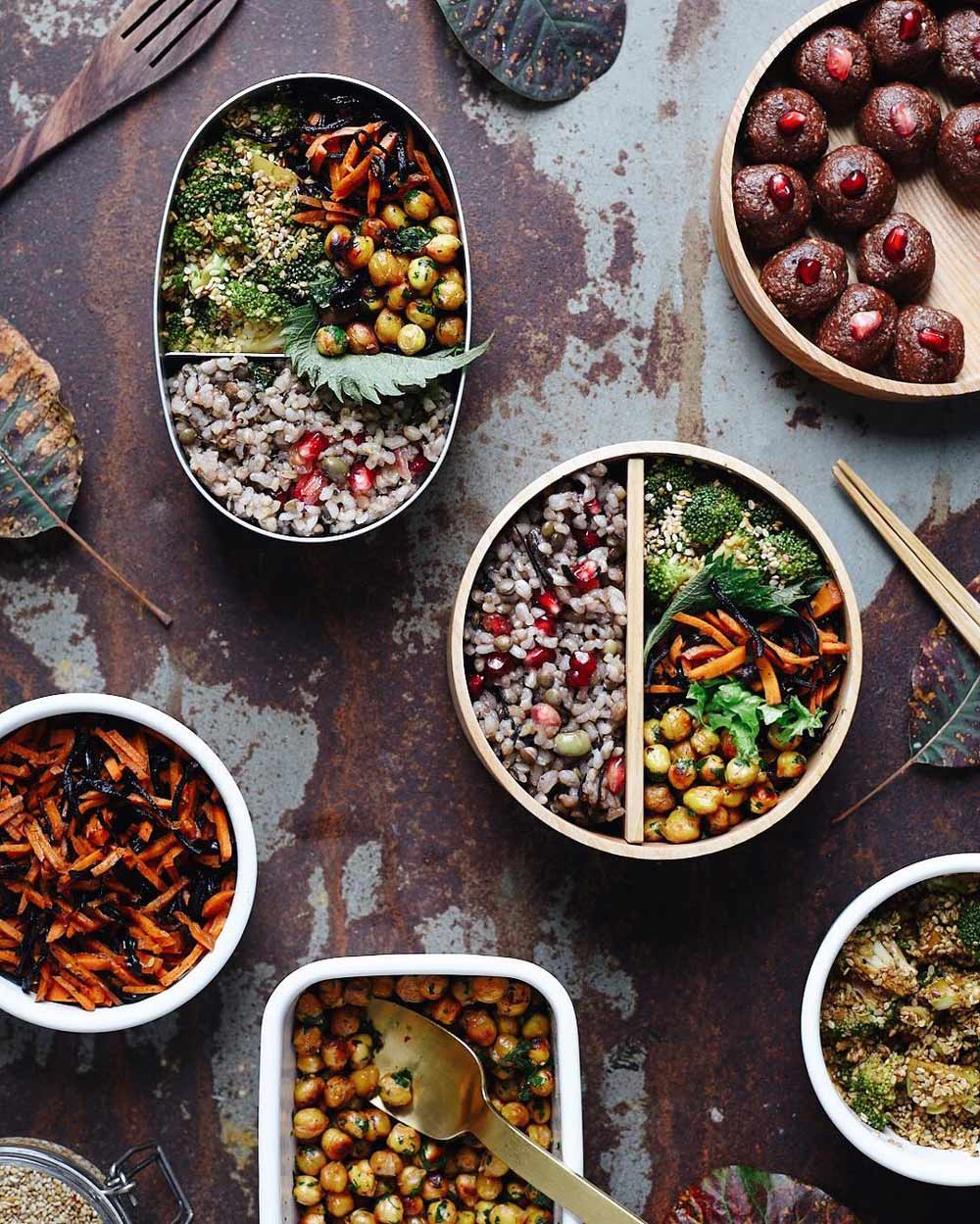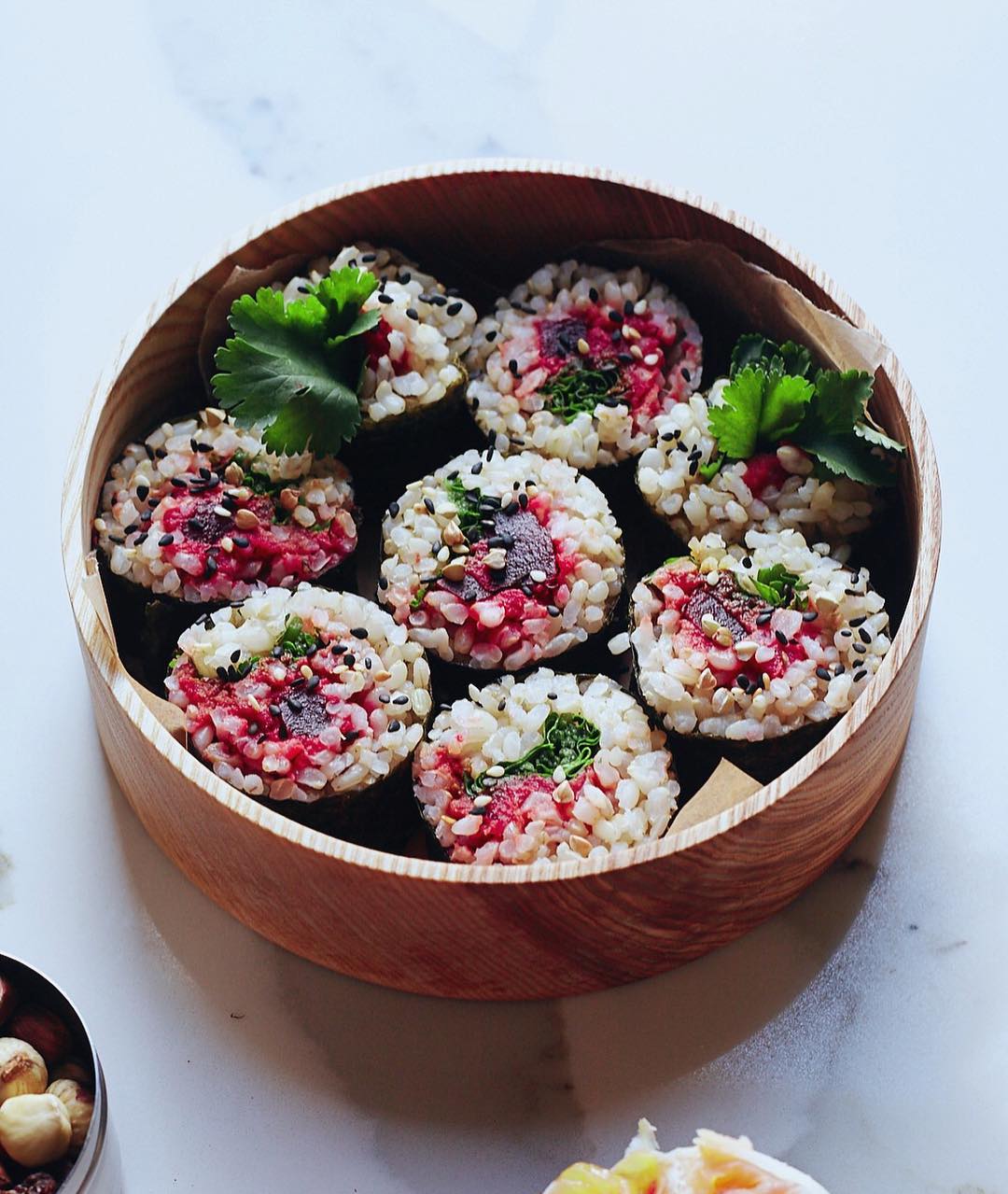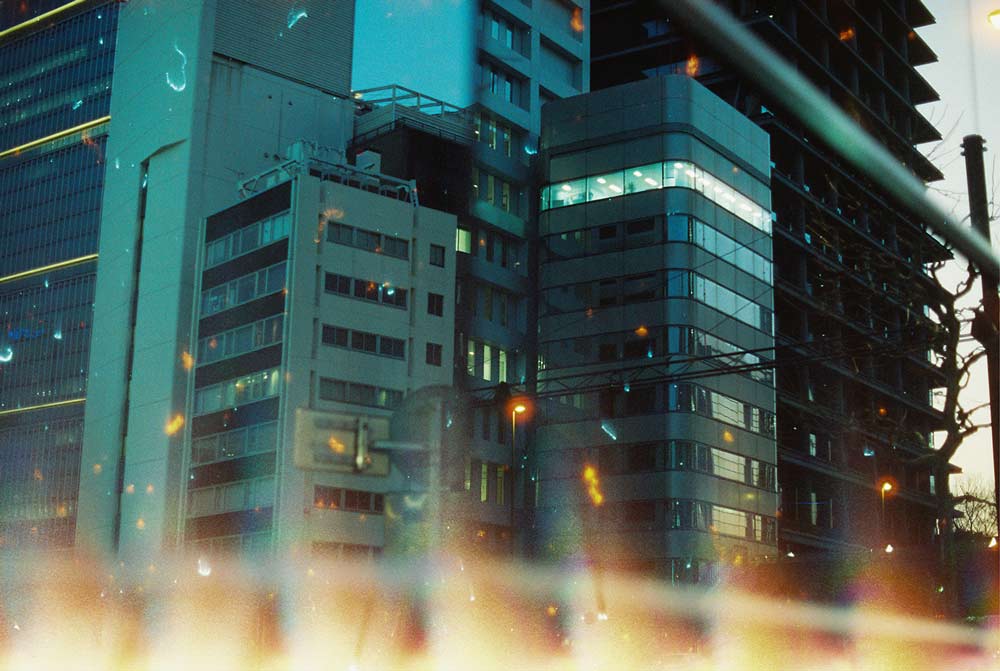Having developed a (borderline unhealthy) obsession with the artistry of the plant-based Instagram account @shisodelicious I was beyond excited to be invited by Sara Kiyo Popowa, the incredible artist behind the account, to attend an intimate workshop based on recipes from her book Bento Power: Brilliantly Balanced Lunchbox Recipes.
In addition to providing a fresh insight into the potential of new and varied flavour combinations, Sara’s workshop emphasised – in my mind at least – the power of making the preparation of food an art; stopping and taking time to think about the intricacies. This can be thought of as an act of love for oneself, or for another, as was the case with Sara who began preparing bento’s for her husband to take to work.
While this move towards a more intentional and tangible connection with food was my main takeaway from the workshop, I was also blown away by the sense of community that the workshop encouraged – don’t be afraid to go alone if you fancy trying one of Sara’s workshops and don’t have anyone to go with – and, of course, the opportunity to create healthy and delicious food (and then eat it).
What’s both unique and hugely appealing about Sara’s work is its contemporary take on the traditional Japanese bento; making them applicable and accessible for 21st-century living. With this in mind, I was keen to find out more about Sara’s connection with Japan and how this has influenced both her life and her work. Thanks, Sara of Shiso Delicious for getting involved with our Why I Love Japan series.
[embedyt] https://www.youtube.com/watch?v=juAOGyHLzlU[/embedyt]

“Settling in London after Japan, I started making my own line of kawaii underwear, hand-painted with sparkly fantasy figures and sold in Portobello and Spitalfields street fashion markets.“
What is your affinity with and experience of Japan?
I was born in Sweden with a Bulgarian-Japanese heritage. As a student, I spent a few years in Japan connecting with my roots; studying, living with a host family, learning Japanese, making friends, and generally absorbing the culture. Having grown up ‘Asian-looking’ in a homogeneous, Swedish environment with my Japanese parent absent, and then in Japan fitting in visually but not culturally, self-identity was always an issue. I’ve always seemed to have had the expectation to ‘be Japanese’ from others. I have learned to accept this, take advantage of it when needed but also develop my own interpretation of it. I’m grateful to have some of this deep, old culture in my blood.
What Does Japan mean to Shiso Delicious? Describe Japan in five words, tastes, smells, or images…
Word: ‘Hai’
Taste: Of the sea
Smell: The specific blend of pollution, high-moisture air, and pre-spring when I first arrived in Tokyo as an exchange student. I can still catch a whiff of the same smell here in London now and again.
Image: Intensely busy, detailed visuals – many people have this image of Japan as uncluttered and serene but it’s actually the most cluttered place I know – in everything from people’s homes to indoor and outdoor public space. Even nature is packed full of detail!
Colour: Lots and lots of subtle variation within each colour
Have Japanese crafts, practices or artworks inspired your work? If so, could you tell us how?
They definitely have. Living there as a student, the ‘kawaii’ culture was a huge influence. Settling in London after Japan, I started making my own line of kawaii underwear, hand-painted with sparkly fantasy figures and sold in Portobello and Spitalfields street fashion markets. Later on, alongside art school, I explored and trained in Butoh – an avant-garde performance/dance style that originated in post-war Japan. Its philosophy, stark aesthetics, and unorthodox use of the body influenced my work a lot.
Finally, Japanese food has always inspired me. Most recently as you know, I’ve made the Japanese packed lunch my own with simple, minimally processed dishes using a few Japanese base ingredients and lots of whole foods and vegetables.
Are there any Japanese artists that you’d recommend we check out?
Yes!
Ryoji Ikeda – audio-visual genius magician, basing his work on vast amounts of data.
Yoko Ono – she’s a legend, both her early and current work.
We’ve heard a lot about Ryoji Ikeda from our other interview with Asa + Yu who are big fans so we’ll definitely check it out. What are you working on at the moment?
I’m still sort of recovering from a busy year writing and shooting my first cookbook in 2018. Coming up in the next while is refining my message and working on new material, alongside commissioned projects.


















































